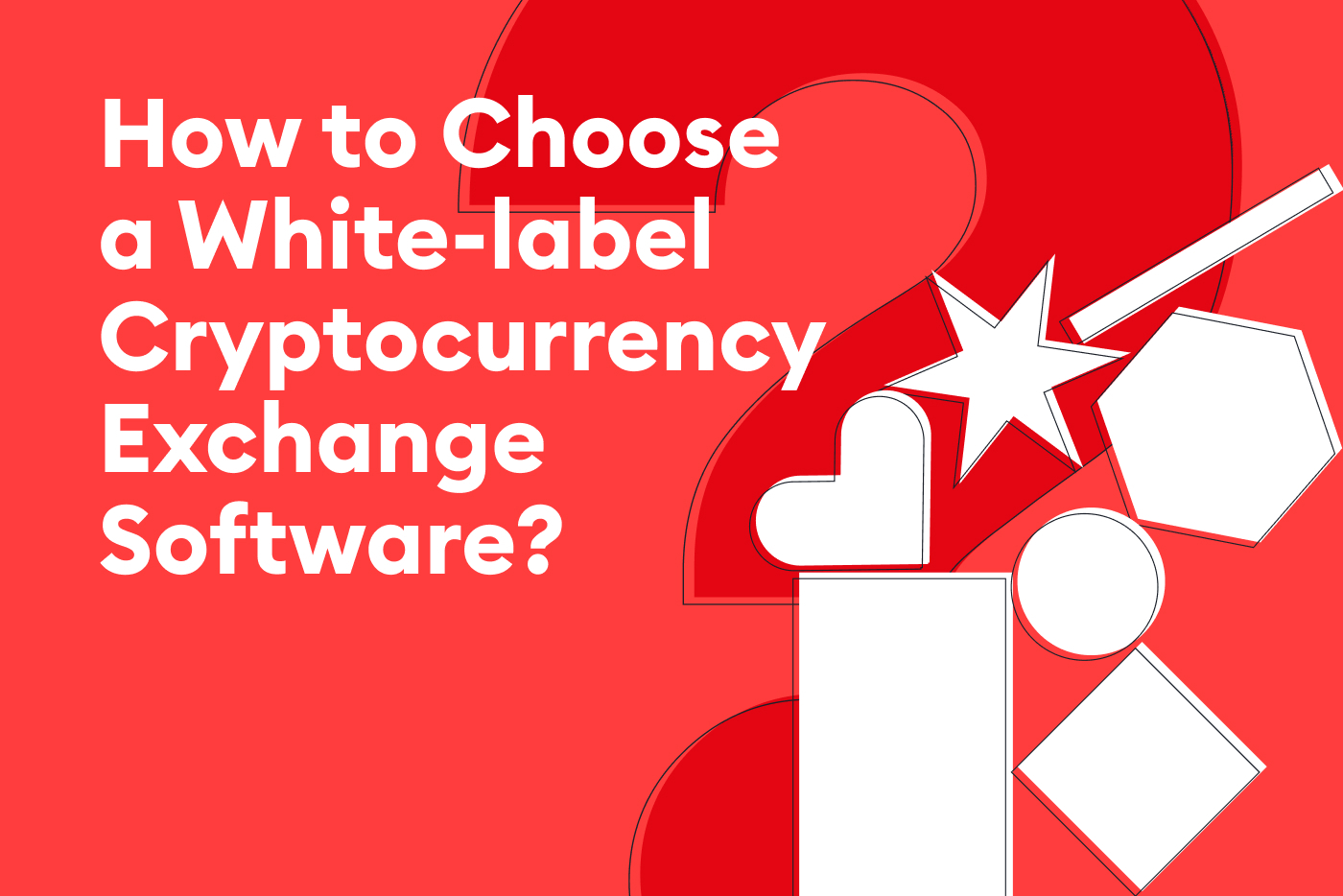
After having introduced the topic of smart contracts, their characteristics, and how they are executed, it is time to discuss the main challenges for smart contract adoption.
Even though smart contracts present an innovative solution to several inefficient and expensive processes, they are not without challenges. According to PriceWaterhouseCoopers [1], at least 10 challenges can be found when discussing smart contract adoption, which we will further expand upon.
There are two categories we will use to classify the main challenges smart contracts face for mainstream adoption: technical and social. Below we have aggregated the possible adoption challenges and discussed their merits.
Social challenges to smart contract adoption
- Adoption curve: Users, institutions, and other participants must overcome many different obstacles to transform the current transactional environment that has a regular, high-volume stream of records entering the system. Smart contract programming requires specific skill sets that call for interaction between business resources and distinct developers, security testers, and technical analysts, among others.
- Learning curve. Smart contract adoption requires the transformation of many existing roles. Lawyers must learn how to write computable code, and judges must learn how to interpret it, or rely on expert witnesses to testify to valid interpretations. Take our current traditional financial environment for example; while it may seem inefficient and plagued by intermediaries, achieving that process took societies a long time to get accustomed to. A similar fixed cost will be required before enjoying the full benefits of smart contracts.
- Reality of legal & regulatory environments. Regulations are among the least automated elements of the business ecosystem. Because of their nature, they are inflexible, too. Smart contracts may be the trigger to tackle this reality, but will require regulatory acceptance for this to happen, especially given varying rules across jurisdictions.
- Complexity of institutional ecosystems. The installed base of technologies, processes, and procedures reflects many assumptions businesses need to revisit when considering how to build smart contract capabilities into specific business processes. This aspect is similar to the ‘learning curve’ point made above.
- Competition. Smart contracts are just now becoming viable. Many other ways to codify agreements already exist and are used regularly. Similarly, peer-to-peer lending through software-as-a-service marketplace vendors, for example, is more mature and growing rapidly.
- Governance-related issues. Questions around how governments should regulate such contracts, or how governments tax these SC transactions must be addressed, and new equilibriums will emerge as heterogeneous regulation and tax brackets are dispersed throughout the world.
- Operational issues and execution speed. Most blockchain consensus mechanisms allow linear (chronologically ordered) transaction processing. Because parallel processing isn’t supported, the process renders the blockchain slow [2], with the risks of having nodes being unable to finish computations on time. Transactions are then invalidated and the system is left “worthless”. This challenge is being addressed by a number of newly formed blockchains that can match traditional institutions’ transaction processing, like Solana, Ethereum 2.0, and others.
- People’s expectations. Differences between “hype” and actually providing education about the technology to the masses denotes an extra step before reaching full adoption; current smart contract landscape opens infinite possibilities, but making them a reality is going to prove a much harder task.
Technical challenges to smart contract adoption
- Data privacy. There is a difference between anonymity and privacy. Data stored in blockchains are mostly public, though not directly associated with a person or organization. This can be done through sophisticated ways, but is considered to be an extra threat to regulators.
- There is no way to guarantee the security of smart contract code. There are, however, companies that offer audit services (such as Scalable Solutions), which provide an extra layer of security and penetration testing that can help safeguard against cyber attacks.
- The programming languages and the virtual machines still have a number of limitations, one of them being the non-composability between blockchains and block building.
Conclusion
For the wide adoption of smart contracts to take place, a number of both social and technical challenges must be addressed and overcome. Given more time and increasing integration of blockchain technology and regulatory clarity, the path to higher levels of smart contract adoption will become precise.
At Scalable Solutions, we want to do our part in helping every institution that appreciates the potential of smart contracts to effectively navigate the smart contract environment and benefit from them. Whether you need a smart contract developed or audited, get in touch with us to discover how we can help.
References
[1] “10 Challenges to the Adoption of Smart Contracts.” Blog PwC, PriceWaterhouseCoopers, 8 June 2018, blog.pwc.lu/smart-contracts-adoption-challenges/.
[2] This is usually the case for older, more established blockchains. New blockchains have been built with certain consensus mechanisms (like Proof-of-Stake) and allow for higher transaction throughput at any point in time.
Sources
Zou, W., Lo, D., Kochhar, P. S., Le, X. B. D., Xia, X., Feng, Y., … & Xu, B. (2019). Smart contract development: Challenges and opportunities. IEEE Transactions on Software Engineering.

